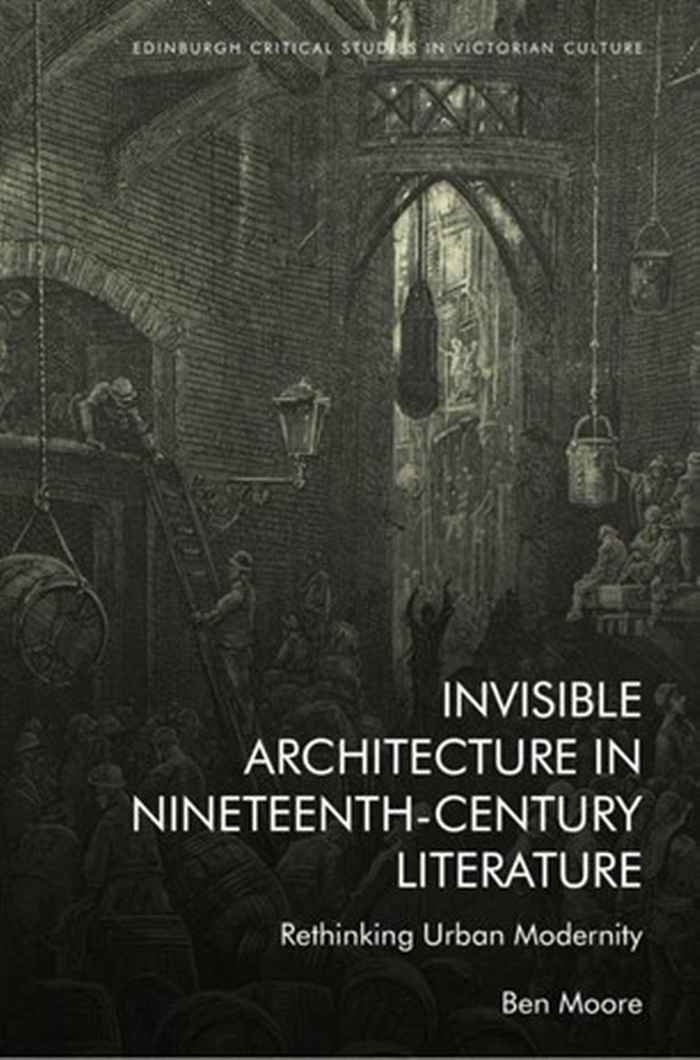New Book by Ben Moore
Invisible Architecture in Nineteenth-Century Literature: Rethinking Urban Modernity
19 January 2024
Resisting narratives of the period as progressing from concealment to transparency, Invisible Architecture in Nineteenth-Century Literature instead argues for a dynamic interaction between these tendencies. Across two parts, this book addresses a range of apparently disparate buildings and spaces. Part I offers new readings of three writers and their cities: Elizabeth Gaskell and Manchester, Charles Dickens and London, and Émile Zola and Paris, focusing on the cellar-dwelling, the railway and river, and the department store respectively. Part II takes a broader view by analysing three spatial forms that have not usually been considered features of nineteenth-century modernity: the Gothic cathedral, the arabesque and white walls. Through these readings, the book extends our understanding of the uneven modernity of this period.
For more information, see Invisible Architecture in Nineteenth-Century Literature.
